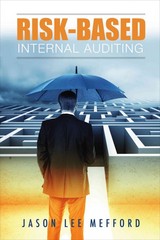Question
1. Internal control provides reasonable assurance. Explain. 2. Define internal control. 3. Enumerate, and explain briefly, the components of an internal control. 4. What are
1. Internal control provides reasonable assurance. Explain.
2. Define internal control.
3. Enumerate, and explain briefly, the components of an internal control.
4. What are the objectives of a system of internal control?
5. What is the control environment? What are the elements that comprise the control environment?
6. What is an information system?
7.What is meant by risk assessment process?
8. What are control activities?
9. What are the inherent limitations of internal controls?
10. Give the different types of control activities.
11. Why is it necessary to monitor controls?
12. Enumerate, in chronological order, the steps followed in the study and evaluation of internal controls. Explain each step briefly.
13. What are the different ways by which an understanding of controls is documented?
14. What is a transaction walkthrough?
15. When is the control risk assessment High? Less than high?
16. How does a high control risk assessment affect the planned audit approach?
17. Give examples of responses to the assessed risk of material misstatement.
18. What is the relationship of a less than high control risk assessment to the nature, extent, and timing of substantive tests?
19. May substantive tests be eliminated?
20. How are audit matters related to internal control communicated to management and to those charged with governance?
Step by Step Solution
There are 3 Steps involved in it
Step: 1

Get Instant Access to Expert-Tailored Solutions
See step-by-step solutions with expert insights and AI powered tools for academic success
Step: 2

Step: 3

Ace Your Homework with AI
Get the answers you need in no time with our AI-driven, step-by-step assistance
Get Started


